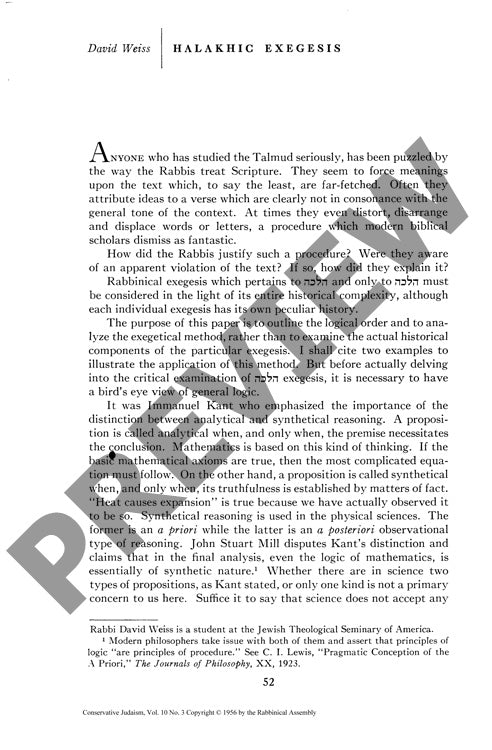Halakhic Exergesis
Couldn't load pickup availability
When ancient rabbis derived complex dietary laws from a simple biblical command not to "cook a kid in its mother's milk," were they performing logical exegesis or creative invention? Modern biblical scholars have long puzzled over the seemingly tenuous connections between scriptural texts and their rabbinic interpretations. Drawing on Kantian distinctions between analytical and synthetical reasoning, alongside Peirce's concept of reasoning "agreeable to reason," this research illuminates the methodological foundations of rabbinic hermeneutics. Through detailed examination of two primary examples—the prohibition against cooking meat in milk (Exodus 23:16) and the injunction against placing stumbling blocks before the blind (Leviticus 19:14)—the analysis reveals how rabbinical authorities systematically extended biblical laws through inferential reasoning that follows internally consistent logical principles. The methodology reveals four key assumptions: belief in textual infallibility, confidence that texts can address contemporary problems, acceptance of non-literal interpretation, and employment of "emergent" rather than analytical thinking. Dismissing rabbinical exegesis as mere "scriptural camouflage" for socioeconomic norms fails to recognize the legitimate hermeneutical tradition. Instead, rabbinical interpretation represents a coherent system wherein successive generations build upon established precedents through reasoning deemed acceptable within the tradition, creating apparent gaps between original text and final conclusion that are bridged by accumulated authoritative interpretation over time.

More Information
-
Physical Description
-
Publication Information
Published 1956
ISBN
-
Publication Credits
David Weiss

